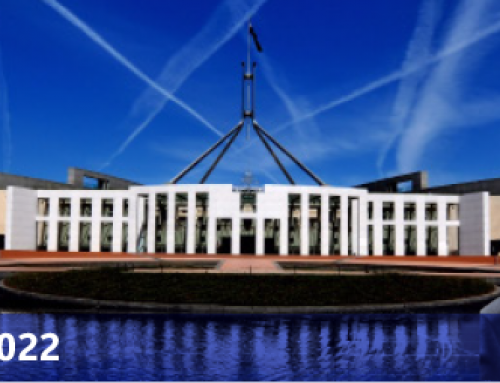Interest rate announcement – May 2019
Today the Reserve Bank of Australia met to review the official cash rate. After last cutting rates in August 2016, the RBA have again decided to keep the cash rate on hold at 1.50% this month. Inflation is at 1.8% which is within the RBA’s target range of between 2% to 3%.
When it comes to choosing a home loan, one of the big decisions to make is what type of interest rate best fits your needs. Most lenders offer fixed rates, variable rates or a combination of both – sometimes called split loans.
There are risks and benefits to each and deciding on the right one comes down to what you’re trying to achieve and what you feel most comfortable with.
Fixed rates
A fixed-rate loan is one where the interest rate is set for an initial period, usually for terms ranging from one through to five years. This means that when your loan provider changes their home loan rates, it has no effect on your interest rate or repayments, at least during the fixed rate term. This is beneficial if interest rates rise but can also mean you end up paying a higher rate if they fall.
A fixed rate is popular for people who need to know exactly what they are going to pay on a monthly basis. It allows you to budget accurately and provides protection when interest rates are rising. On the other hand, fixed rate loans tend to be more restrictive when it comes to other features such as making extra payments, re-drawing or paying off your loan. With many fixed rate loans, these features either don’t exist or may trigger a break cost fee. If you sell your property during a fixed rate period, you may be up for very substantial break costs if rates have moved in the wrong direction.
Variable rates
A variable interest rate is one where the interest rate varies over time. A misconception is that variable rates only change in line with the official cash rate set by the Reserve Bank. Unfortunately, this is not the case, variable rates can change outside of RBA rate changes. So, when rates go up, so may your repayments. However, if they go down, you may get the benefit of a lower repayment. If you maintain your repayments at the same level you may enjoy the benefit of repaying your loan faster than scheduled.
Variable rate loans also tend to have more flexibility around other features such as extra repayments, redraw facilities, offset accounts and repayment holidays.
Splitting your loan – part fixed and part variable
Another option is to make a bet both ways by having a part fixed, part variable interest loan. A split loan allows you to manage some of the risks of interest rate rises while still being able to make extra repayments.
There’s generally no limit to the way you can split the loan, so you can allocate the funds 50/50 or 20/80 – the decision is up to you.
Get the right advice
When it comes to your mortgage, it needs to work for you. That means the loan should have the features, flexibility and fees that are the most appropriate for your needs and suit your personal situation.
The last two weeks has seen a large movement in fixed interest rates, especially the 2 and 3 year fixed rates, bellow are the cheapest currently on offer to us from our panel of 30 plus lenders.
If you’re interested in learning more, why not have a no-obligation, free chat with Tedy Ferreira, our Harvest Property Loans Mortgage Broker, who can point you in the right direction?
Contact us today on 02 8908 4300 or email loans@harvestgroup.com.au
Our Current Best Interest Rates
The best home loan rates we currently have available:
- Variable rate of 3.55% pa (comparison rate: 3.60% pa)
- 1 year fixed rate of 3.65% pa (comparison rate: 5.07% pa)
- 2 year fixed rate of 3.49% pa (comparison rate: 4.72% pa)
- 3 year fixed rate of 3.89% pa (comparison rate: 4.25% pa)
- 5 year fixed rate of 3.99% pa (comparison rate: 3.87% pa)
Assumptions: <$500,000 loan, owner-occupied purchase, principle & interest, LVR < 80%.



